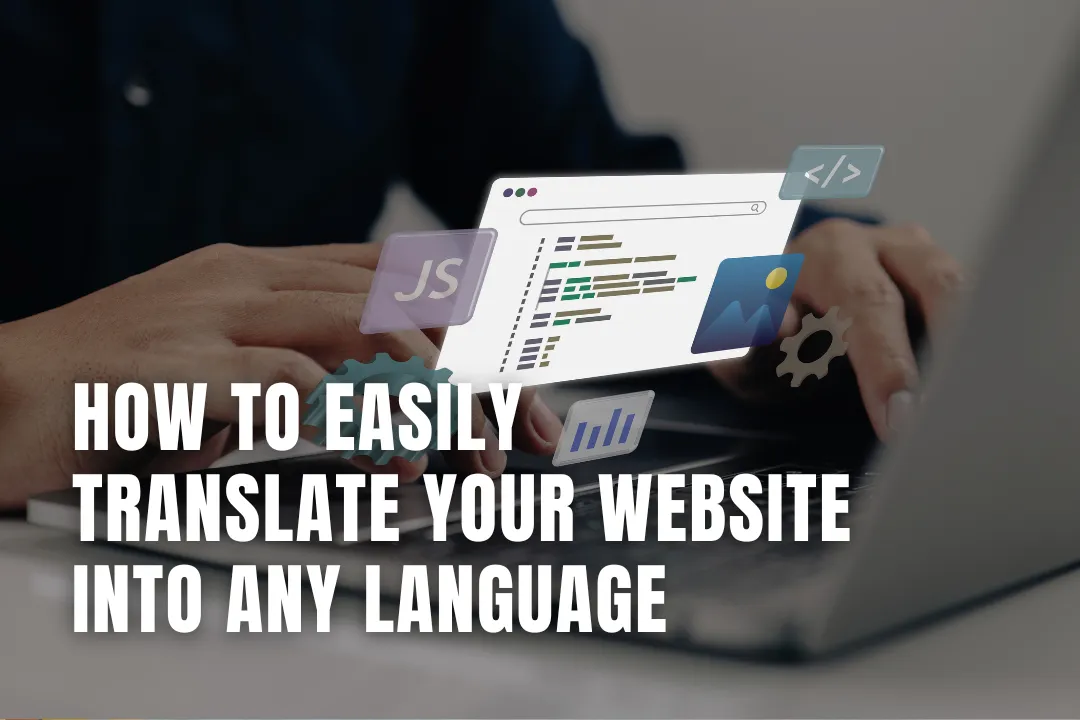
Translating a website is not a simple cut-and-paste. Words on a site hold meaning that changes based on culture and local habits. Automatic tools have improved, but a machine can miss small details that leave users confused or bored.
The market for AI-based translation tools is growing. In 2024, the sector size was $2.34 billion. For 2025, market forecasts reach $2.94 billion. This points to a growing use of new translation technology, with an annual growth rate of 25.2 per cent. AI systems improve by using machine learning and language rules. They learn complex sentence patterns and can produce translations closer to natural speech. These systems get better by learning from user edits and feedback.
Real-time translation is getting more popular with businesses. When these tools work well, pages in other languages appear with little delay. This helps with sites that serve buyers in many countries. Tools that learn from editing also keep improving over time. Fewer human fixes are needed for each new page.
A good translation makes sense to local readers. It should look and feel like it was written for that region. This means moving beyond direct word-for-word methods. Companies that focus on the right tone and natural language tend to build more trust. Language that matches local habits is seen as more honest and is easier to read. In 2025, more web translation services will pay attention to small cultural clues and habits. Simple errors or missed context can drop conversion rates or drive users away.
Translating a website is not limited to changing text. You also need to handle technical steps like uploading translation files, updating sitemaps, and configuring language settings. Your platform matters. For example, using a web hosting provider, setting language folders, and making sure plugins support your site's structure all play a role. Other details, such as updating forms and image titles, also deserve attention. Checking file paths and ensuring translated URLs follow best practices can help avoid simple mistakes when switching between languages.
WordPress sites allow for easy translation with plugins. The most used are WPML and Polylang. These tools cover automation. They can turn site sections into many languages at once. Still, some manual work is needed. Review each section to fix awkward phrases or missed local details. No system alone matches the touch of a human who knows both the source and target languages.
Local SEO needs its own attention. Every language should use its own search terms. You cannot use the same list for English and Spanish. Title tags, metadata, and page details should all be in the right language. Do this step if you want to show up in search results where your new readers live.
Making a translated website is not enough. Search engines look for more than the main content. Keywords must match what people search for in their own language. Localizing metadata, such as tag lines and page records, can lift ranking in each local market. This pulls in more visits and higher engagement.
AI saves time, but does not always get details right. Post-editing by a person is still needed for important content. Automated tools can speed up review, but final checks catch odd phrasing or errors with tone. Some platforms offer tools for quick fixes. These are easier to use and help keep the process smooth.
There are many translation tools. Linguise and Braahmam use AI to give fast, often accurate translations. WordPress plugins like WPML and Polylang keep the setup easy for site owners. Large companies like Centus and Nimdzi offer full support, from translation to search optimization. Some work with manual checks, others use only machines, and some mix both.
The total market for translation services reached $71.7 billion in 2024. It will likely hit $75.7 billion in 2025. This is a growth rate of 5.6 per cent. As more users browse in other languages, demand for local sites keeps rising. Three out of four internet users will browse in more than one language by 2025. Buyers like content in their own language. This leads to longer visits and better results for each company.
Firms that translate their websites often see better returns, more loyal users, and bigger international reach. These numbers reflect decisions by companies to move content into other languages and regions.
Good website translation uses simple tools, good habits, and a little manual work. AI and machine learning have made it faster, but someone must check the output for tone and small mistakes. Companies that tune translations to each reader build trust. If you update your content often, keep translations matched with each change.
Choose tools that suit your setup. Use local search terms, not direct copies. Check language settings at every step. Real growth in site visits and sales comes when users feel at home on the site. The numbers support a focus on both machine speed and human care when moving your website into new languages.